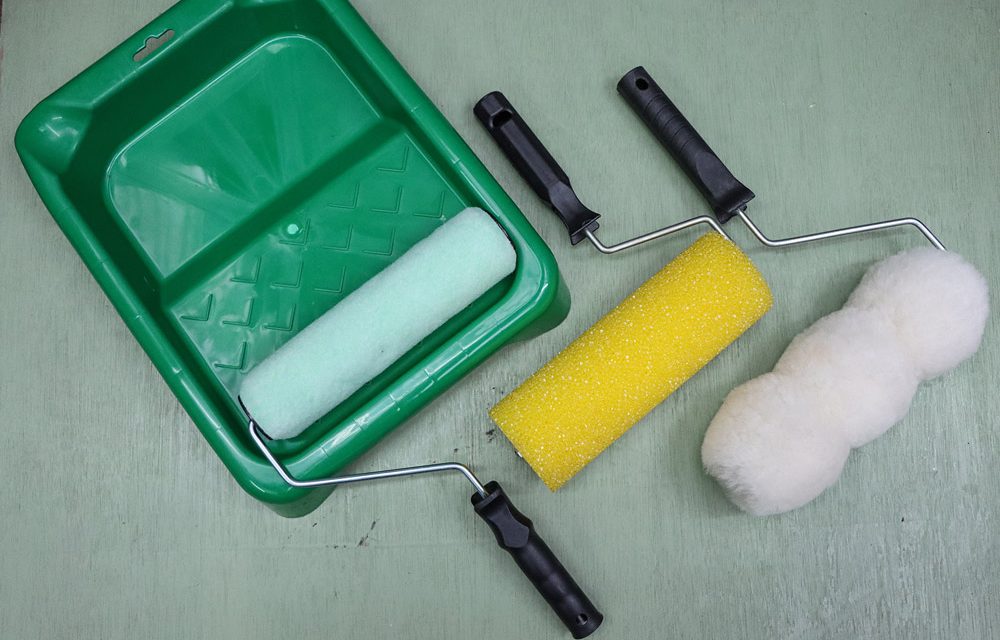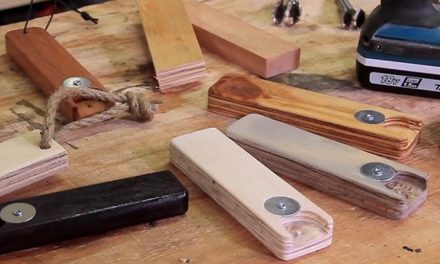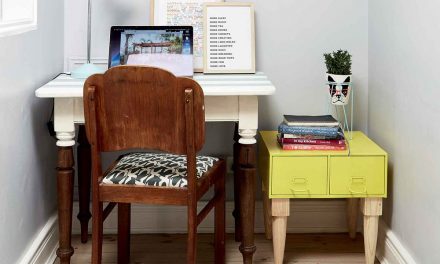Choosing the right paint roller will give you the finish you’re after.
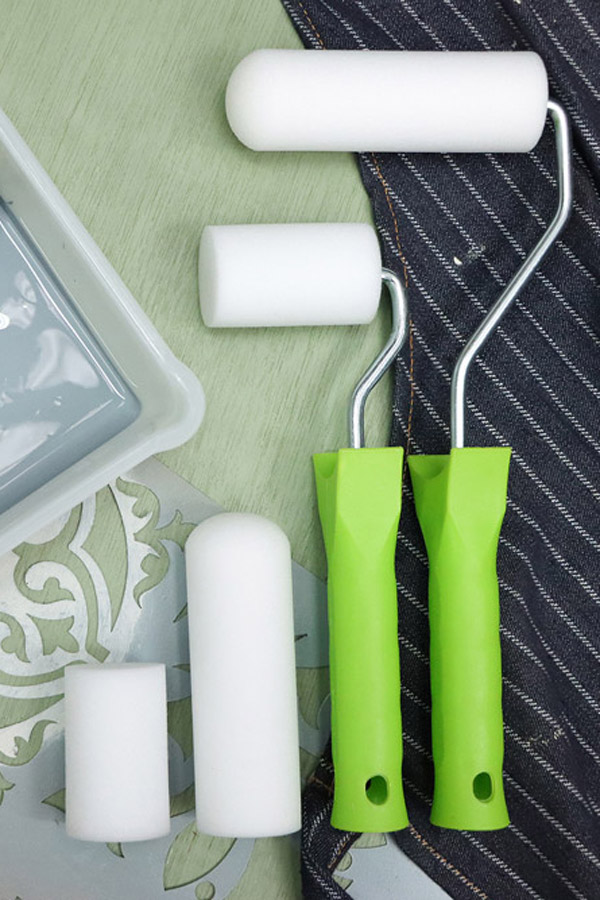
When it’s time to paint your house, inside or out, it makes sense to use a roller for the bulk of the work. That settled, you still need to know which paint roller to choose for the best finish – and the selection can be quite overwhelming.A roller’s purpose is to paint large flat surfaces quickly, a job at which they excel, but they aren’t as good at corners or narrow or uneven surfaces, like skirtings and cornices – for that you should be using a paint brush. In the paint aisle you’ll see rollers of different sizes, rollers of different thicknesses, rollers made of different materials and rollers with different textured finishes. Size is the easiest variant to deal with: buy a roller of the most appropriate size for the job at hand (a big roller for a wall, for example). The thickness of the material on a roller (correctly known as the ‘nap’ or ‘pile’) determines whether the roller is for smooth or rough walls and smooth or rough finishes. For a smooth paint finish on a smooth surface, you should use a smooth roller or one with a short pile. If you want to apply a textured finish to a smooth wall, this can be achieved by using a roller with a rough, long pile. (That said, the very best way to achieve a textured paint finish on a smooth plastered wall is to use the range of Fired Earth textured paints, available exclusively at Builders.) Another roller that gives a textured finish is this large textured roller, especially created to give a ripple effect. The roller itself is made from a form of plastic that appears to have had air injected into it, making bubbles that have then popped on the surface.
So far we’ve spoken about rollers for smooth walls, but what about lightly textured or rough walls? Lightly textured walls are best painted with a medium-pile roller. Medium pile rollers hold more paint than those with a smooth pile. That way, the paint is able to cover the peaks and troughs of the light texture. Medium-pile rollers are also well-suited to painting ceilings (even smooth ones) because they allow you to apply more paint per coat, thus getting the job done faster.
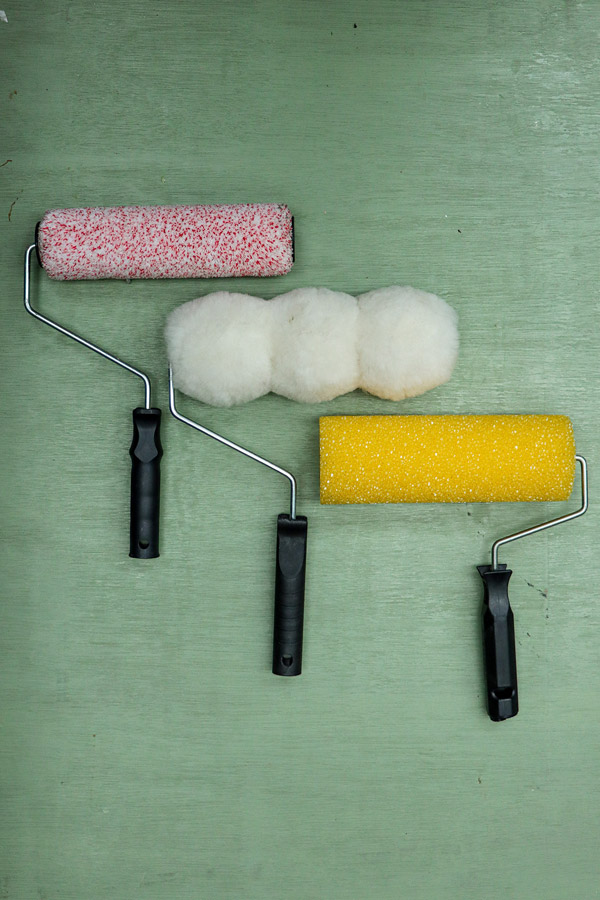
Rough walls, including unplastered bricks and roughly plastered bricks, need a roller with a long pile, so that the fibres of the pile can deliver paint into cracks, holes and the troughs of textures. Bear in mind that using rough rollers will use more paint per square metre of wall than a smooth or medium roller, so calculate your paint purchase accordingly.
Once you’ve narrowed your roller needs down to smooth or rough, big or small, you’ll still need to choose which material to use. Usually the choices are natural (sheepskin, mohair, wool) or synthetic. Natural materials are more expensive but deliver a better finish, while synthetics are cheaper and deliver an adequate finish. Something that might sway your choice is whether you are using an oil-based or water-based paint: water-based paints are easier to clean from rollers, so it’s worth getting a natural one and reusing it. Oil-based paints are harder and messier to clean from rollers, so it might be worth using a synthetic roller and disposing of it after the job. Finally, gloss and semi-gloss paints go on better with a short-pile roller, as these tend to produce fewer bubbles that might ruin the finish.
Hopefully this has been of assistance and you can shop with more confidence, but never forget that the Builders staff are there to give you expert advice and help you to get the job done.

